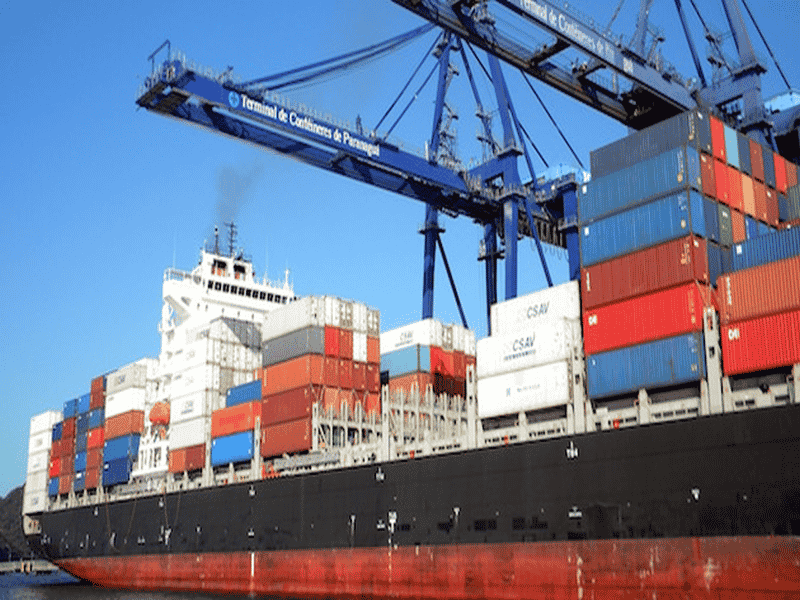
Pakistan Institute of Development Economics
- Home
Our Portals
MenuMenuMenuMenuMenuMenuMenu - ResearchMenuMenuMenuMenuMenuMenuMenu
- Discourse
- The PDR
- Our Researchers
- Academics
- Degree Verification
- Thesis Portal
- Our Portals
An Assessment Of The Impact Of Trade Liberalisation On Welfare In Pakistan: A General Equilibrium Analysis
Until The Liberalisation Efforts Were Initiated In The 1980s, Pakistan Had Very Restrictive Trade Regime, Both In Terms Of Tariff And Quantitative Restrictions (Qrs) I.E., Bans, Quota, Value Limit Etc. The Impact Of These Restrictions On Manufacturing Industries In Pakistan Over 1952–97 Period Is Well Documented. During The 1980s And Through Out The 1990s A Series Of Structural Adjustment Programmes (Sap) Including Trade Liberalisation In Response To Structural Imbalances In The Economy, Were Implemented By The Government. Trade Liberalisation Started In 1981 By Removing Quantitative Restraints And Providing Protection Through The Tariffs. In 1987-88, Quota Restrictions On Imports Of Consumer Goods Were Completely Removed And Bans That Still Existed Were Almost Redundant From The Protection Standpoint. However Quantitative Restrictions Along With Tariff On Import Of Electric And Non-Electric Machinery Continued. The Restrictive Trade Regime Had An Adverse Impact On The Growth Prospects Of The Economy As A Whole.



